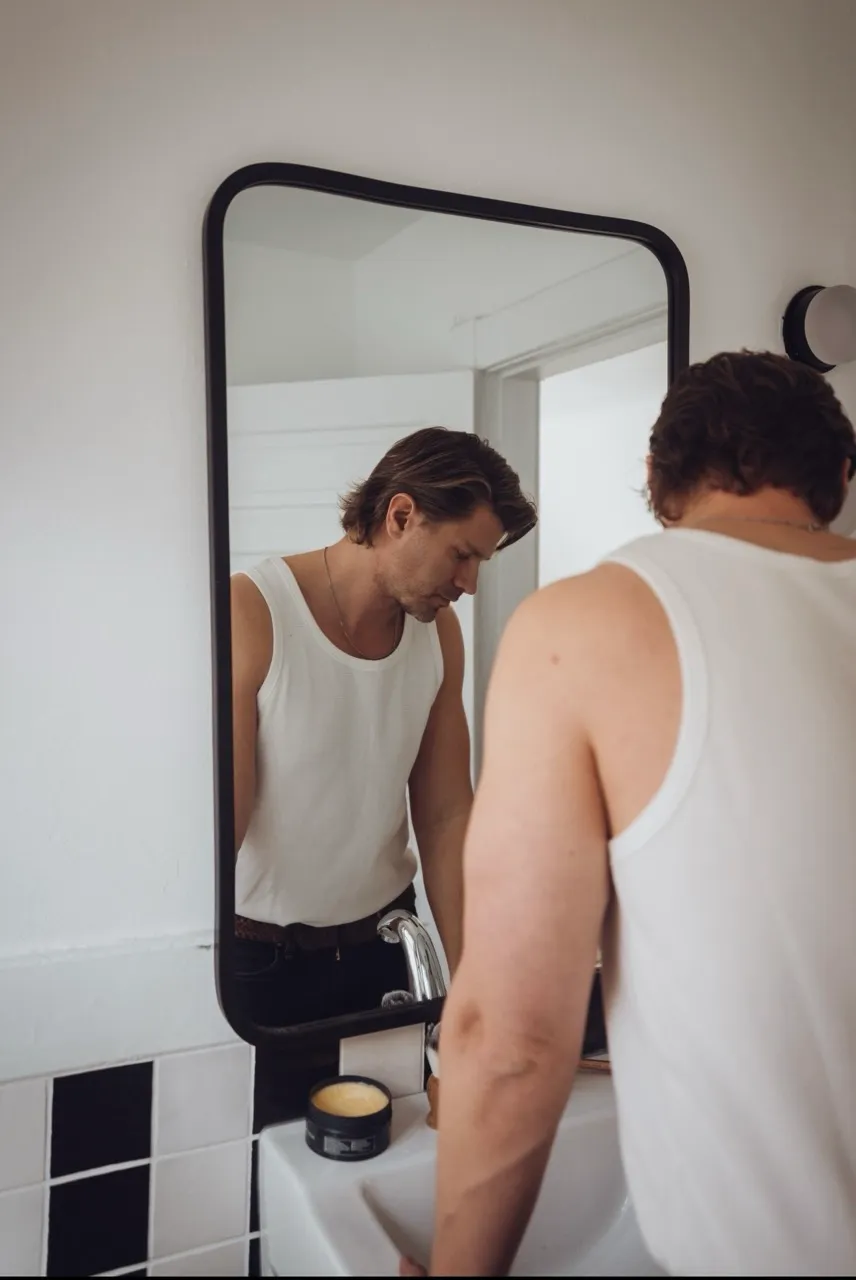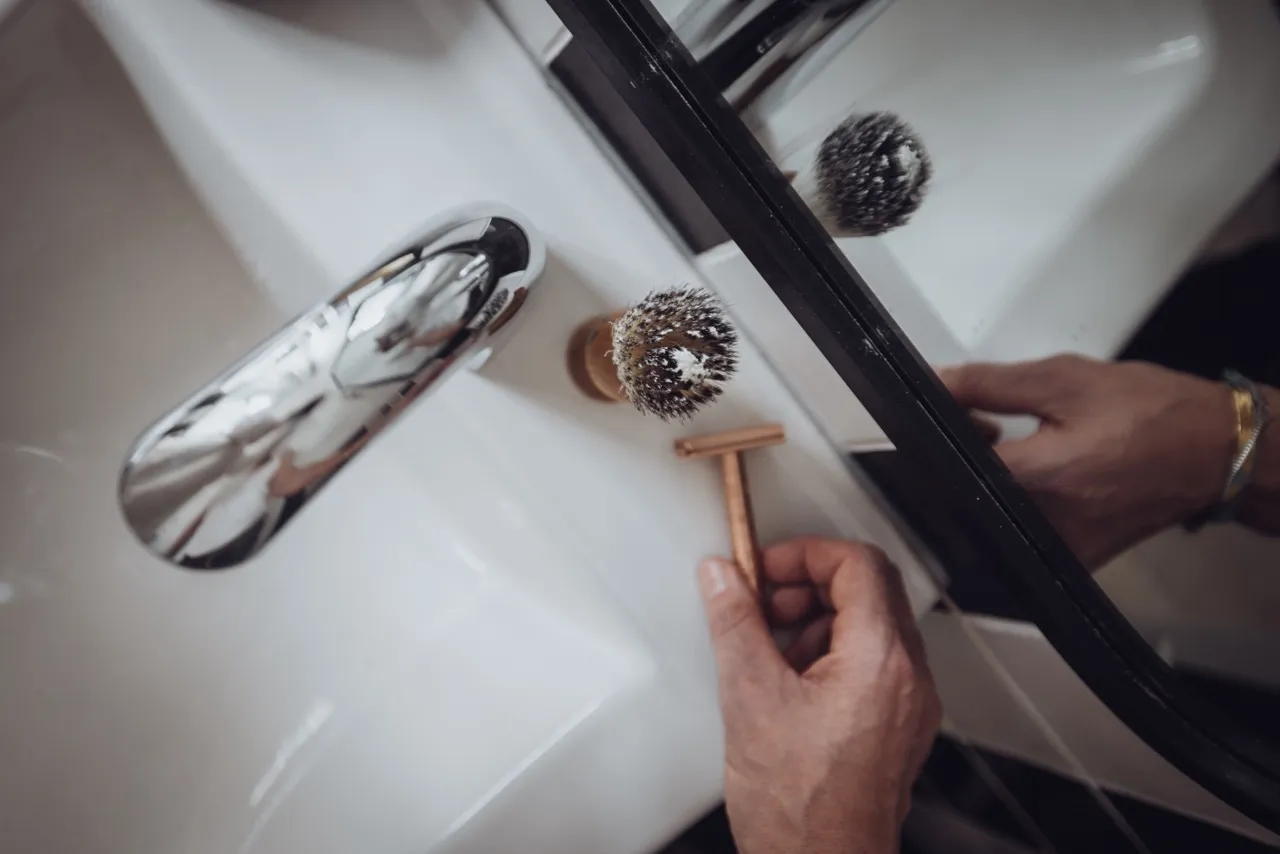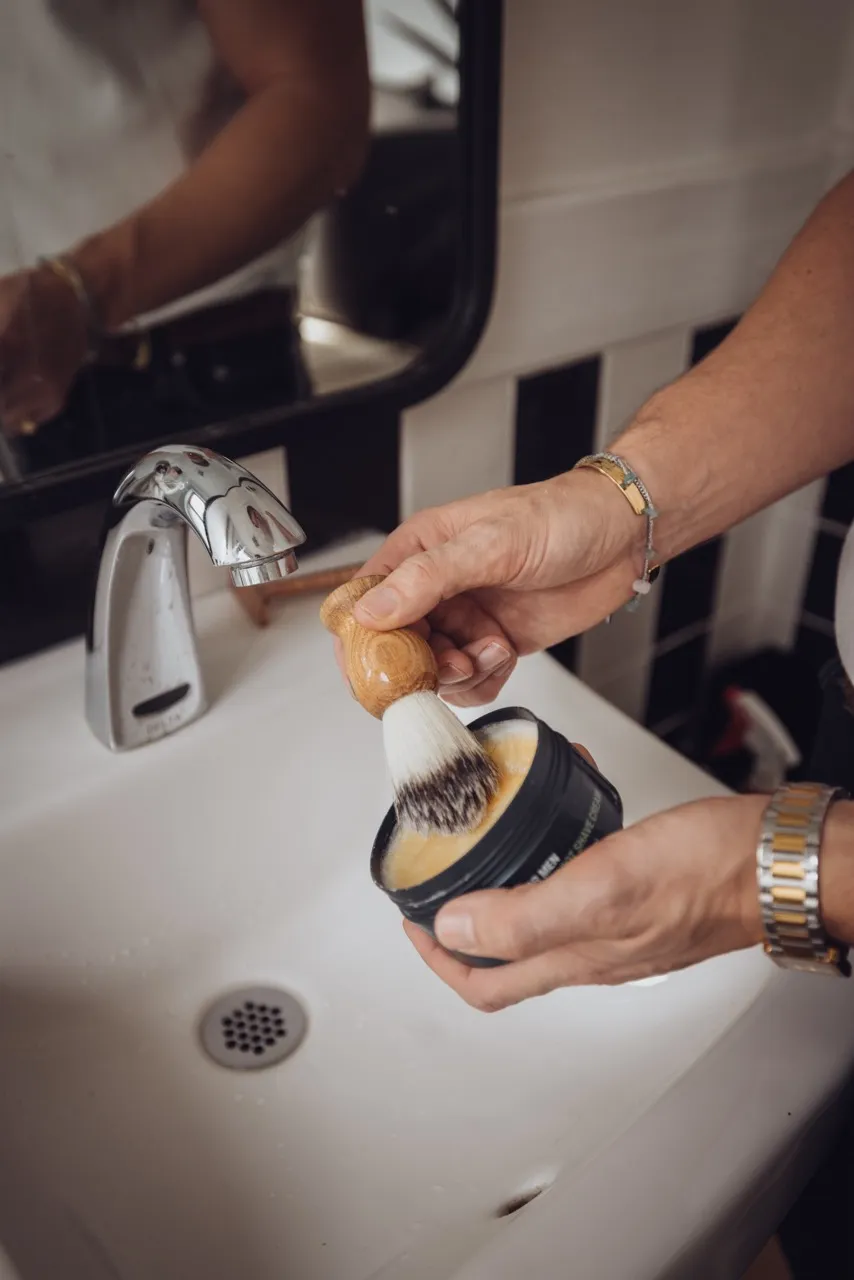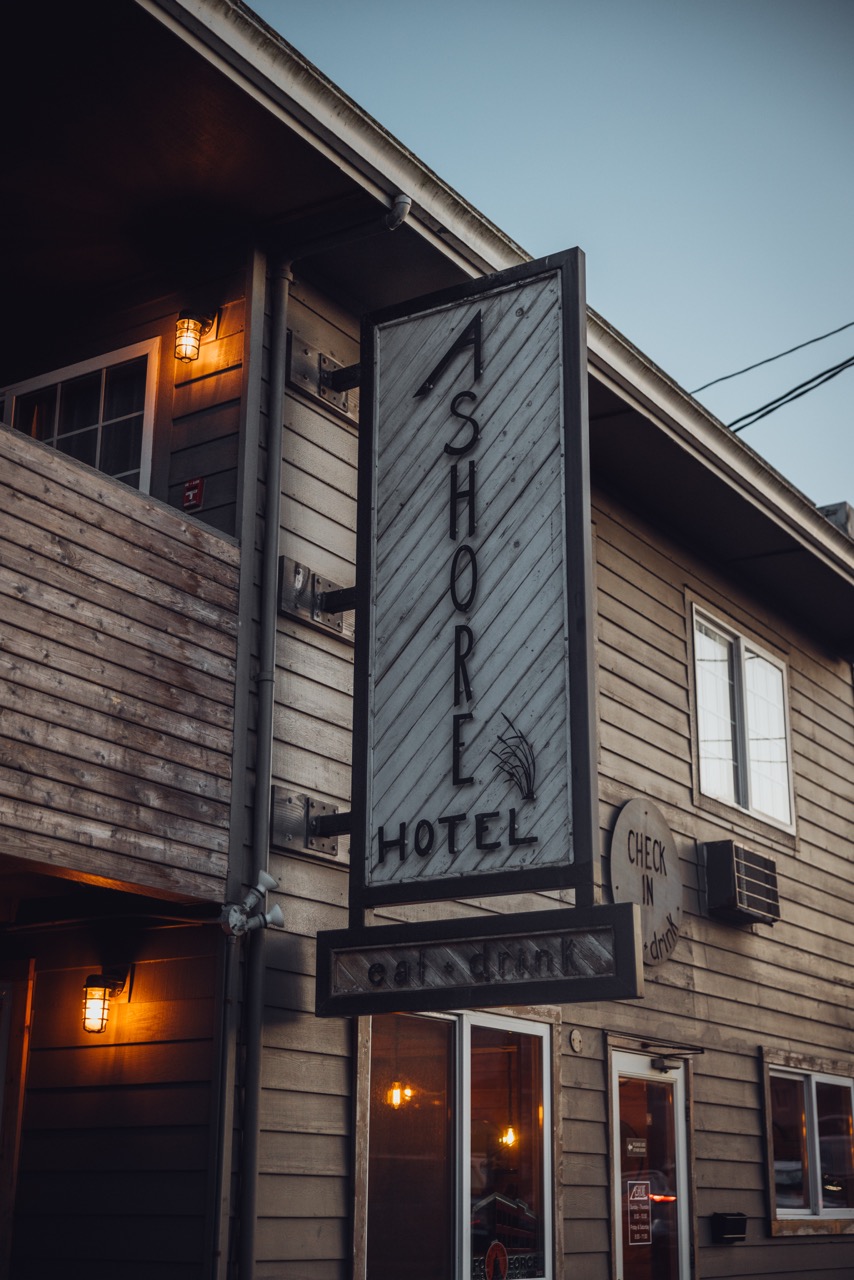
MY JOURNEY WITH ALOPECIA AREATA
Several years ago, on an ordinary morning, I discovered a small, circular, bald patch in my beard while preparing for the day. This unexpected sight was immediately alarming, leaving me puzzled and anxious about its cause and prognosis. Despite my diligent research, I found few resources available online or on YouTube to shed light on this condition.
Seeking clarity, I consulted my dermatologist, who quickly diagnosed me with Alopecia Areata, specifically a variant known as Alopecia Barbae, which affects the beard area. This condition is relatively rare, impacting approximately 2% of the population. Although it is treatable, its course is unpredictable, with recovery times ranging from months to years.
My treatment regimen has included monthly steroid injections aimed at stimulating hair regrowth in the affected areas. These injections have led to the growth of new, fine white hairs, which over time, mature into fully colored, normal hairs. While I have experienced periods of complete recovery, new bald patches have occasionally emerged.
Over time, I've come to accept this condition, learning to live with the treatments and the uncertainty it brings. Initially, the appearance of bald patches on my face was distressing, given the visibility of the area and its impact on my self-image. However, I have made significant progress in managing my feelings towards the condition, growing more comfortable and confident despite the challenges.
In response to the evolving nature of my beard, marked by the appearance of grey hairs and intermittent bald patches, I decided to shave my beard for the first time in 15 years. This decision, supported by my doctor, Dr. Michael Massie, who confirmed that shaving would neither harm nor impede my treatment's success, represents a new chapter for me. Shaving has allowed me to regain a sense of control over my appearance and embrace change with a fresh perspective.
I had the opportunity to discuss Alopecia Areata and its nuances further with Dr. Michael Massie on my podcast, which provides more insight into this condition.
In conclusion, for those seeking understanding or facing similar challenges, here are key insights I've gained:
- Treatment is available: While there's no cure, effective options exist that can foster improvement.
- Patience is essential: Recovery can be slow, and patience is crucial during this process.
- Stress management: Stress can exacerbate the condition, so finding ways to stay calm and accepting can be beneficial.
- Embrace your situation: Your condition does not define you. Owning your experience can empower you to live confidently.
Unveiling the Hidden Struggle: Alopecia Areata in Beard
When we think of hair loss, the first image that often comes to mind is a balding scalp. However, for some individuals, hair loss extends beyond the head, affecting even the most masculine of features: the beard. Alopecia areata, an autoimmune disorder characterized by patchy hair loss, can manifest in the beard area, presenting unique challenges and concerns for those affected. Let's delve into the world of alopecia areata in the beard and explore treatment options for managing this condition.
Understanding Alopecia Areata in Beard
Alopecia areata in the beard, also known as alopecia barbae, presents as round or oval patches of hair loss in the facial hair region. Like its counterpart on the scalp, this condition occurs when the immune system mistakenly attacks hair follicles, disrupting the normal hair growth cycle. The result? Sparse or completely bald patches in the beard area, which can be emotionally distressing for those affected, particularly in a society where the beard is often associated with masculinity and virility
The Emotional Impact
For men experiencing alopecia areata in the beard, the emotional impact can be profound. The beard is not just a collection of hair but often a symbol of identity, confidence, and maturity. The sudden onset of patchy hair loss can lead to feelings of embarrassment, self-consciousness, and even social withdrawal. Men may grapple with questions about their masculinity and struggle to come to terms with their changed appearance.
Treatment Options
While there is no cure for alopecia areata, various treatment options are available to manage hair loss in the beard area:
- Topical Treatments: Topical corticosteroids, such as creams or ointments, may be prescribed to reduce inflammation and stimulate hair regrowth in the affected areas.
- Intralesional Corticosteroid Injections: In more severe cases, corticosteroids may be injected directly into the bald patches to promote hair regrowth.
- Immunotherapy: This treatment involves applying a chemical irritant, such as diphencyprone (DPCP), to the affected areas to provoke an immune response and stimulate hair regrowth.
- Platelet-Rich Plasma (PRP) Therapy: PRP therapy involves injecting platelet-rich plasma derived from the patient's blood into the affected areas to promote hair regrowth.
- Oral Medications: In some cases, oral medications such as corticosteroids or immunosuppressants may be prescribed to modulate the immune response and prevent further hair loss.
Empowerment Through Acceptance
While managing alopecia areata in the beard can be challenging, it's essential to remember that beauty and masculinity are not defined by the presence or absence of facial hair. Embracing one's unique appearance and finding confidence beyond external attributes is key to navigating this journey with resilience and self-assurance. Support groups, counseling, and open dialogue with healthcare professionals can provide invaluable support and guidance along the way.
Breaking the Stigma
As awareness of alopecia areata in the beard grows, it's crucial to break the stigma surrounding this condition and promote greater understanding and acceptance. By fostering empathy, compassion, and inclusivity, we can create a more supportive environment where individuals with alopecia areata feel empowered to embrace their true selves, beard or no beard.
In conclusion, alopecia areata in the beard is not just a physical condition but a journey of self-discovery and empowerment. By acknowledging the challenges and exploring treatment options, individuals affected by this condition can reclaim their confidence and redefine masculinity on their own terms. Let us stand in solidarity with those navigating the complexities of hair loss in the beard, celebrating diversity and embracing the beauty of authenticity.















